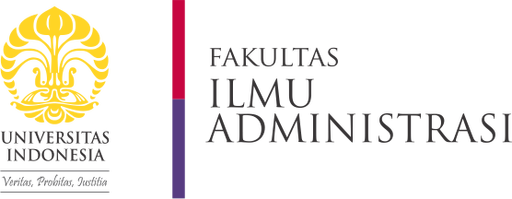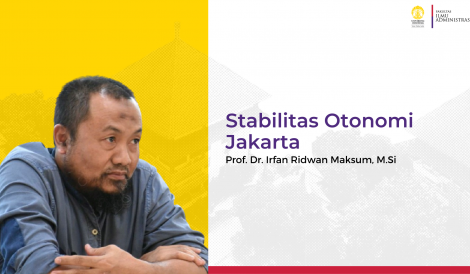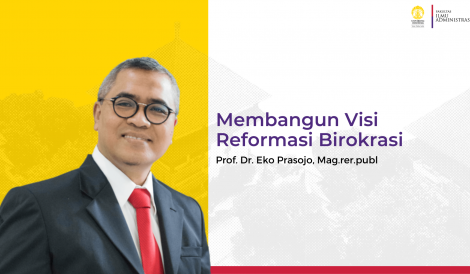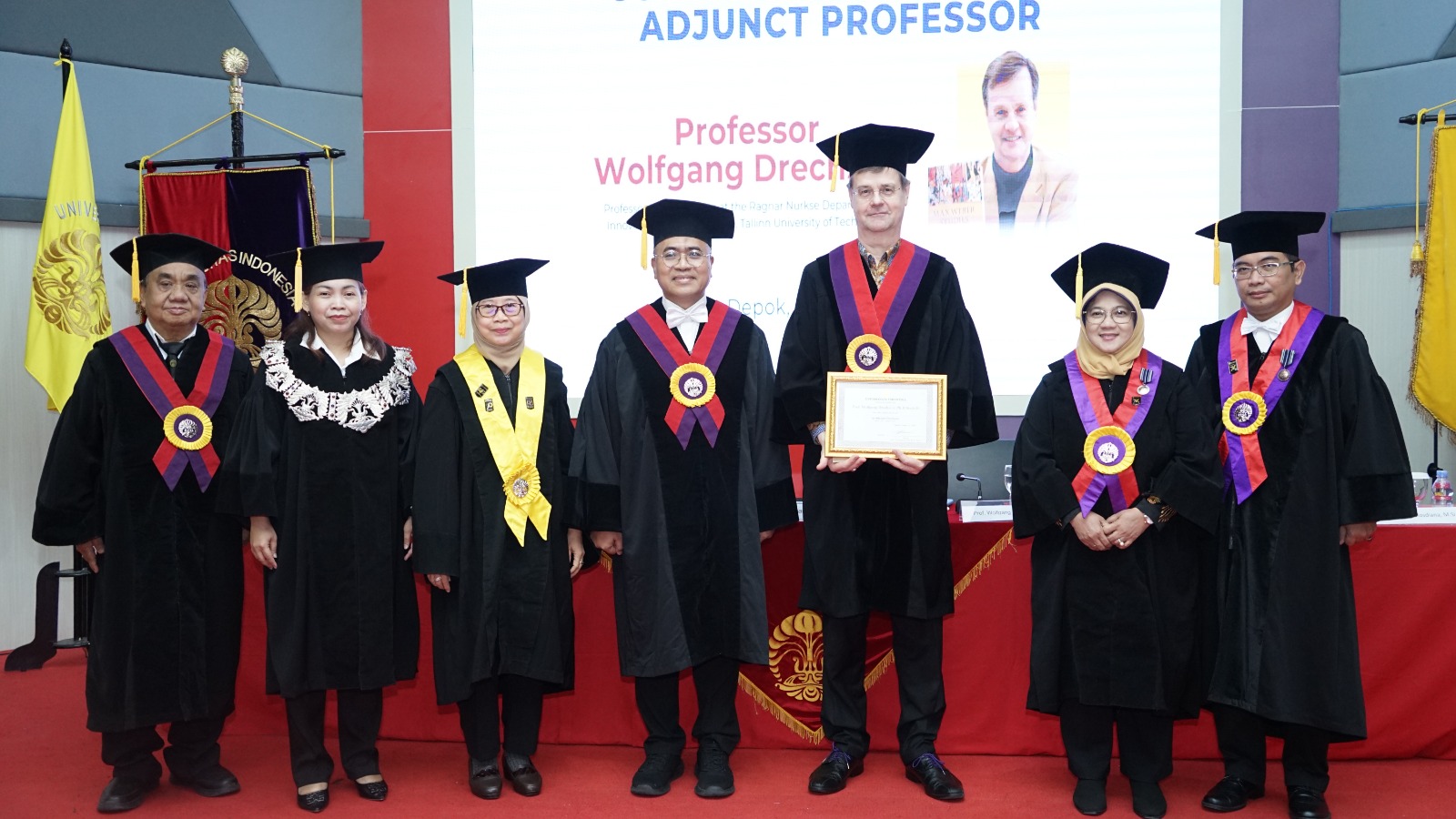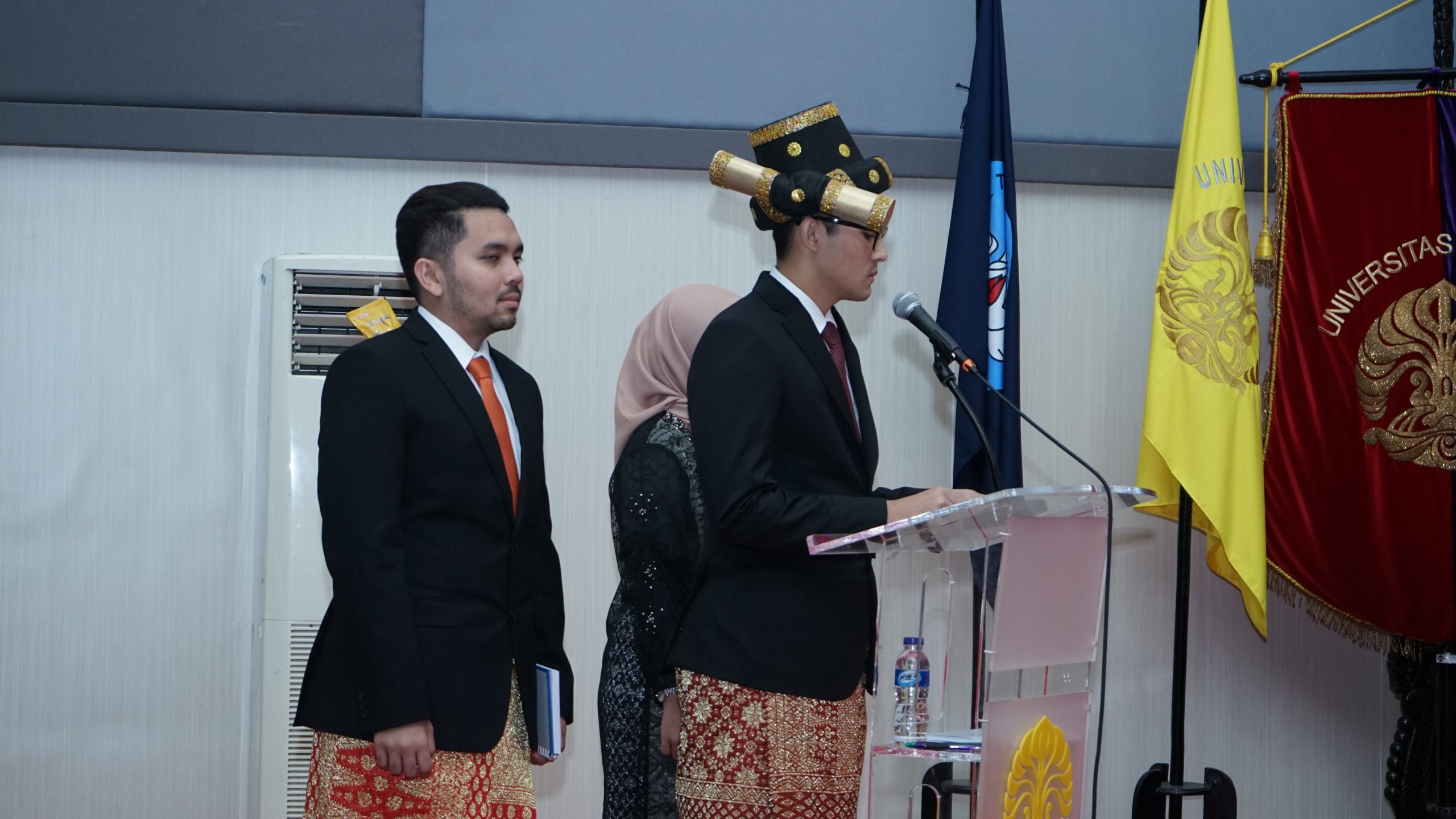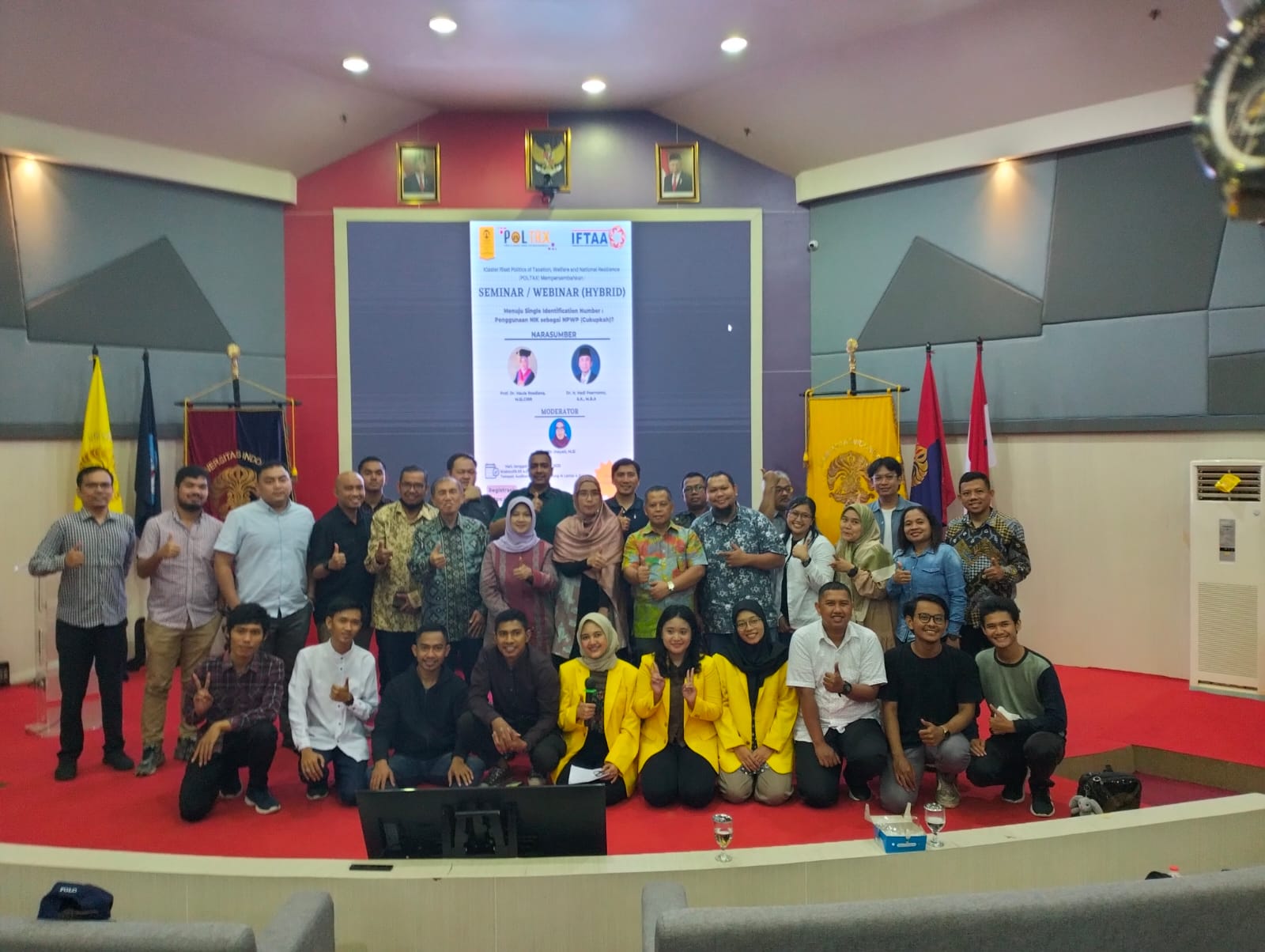Welcoming the peak of the 2030 demographic bonus and the 2045 Golden Indonesia era, the Coordinating Minister for Human Development and Culture Muhadjir Effendy on 20 April 2022 signed the establishment of the Regional Innovation Research Agency or BRIDA with the National Innovation Research Agency alias BRIN as his biological mother.
This noble idea is an idea so that regional innovation does not only grow from the central government. In fact, President Jokowi in 2020 is trying to change the paradigm of thinking about building cities from villages, as an example of the saemaul undong (SU) movement in South Korea.
regional competitiveness
Replication of moves like SU is not easy. Orchestration so that regions can produce innovative products must have a foundation of four main elements. First, tangible assets, such as land, natural conditions, capital ownership and machinery. Second, intangible assets, such as technology, regional branding, tacit knowledge, and networking.
Third, human capital (human resources) with noble brains and character, never give up. Fourth, the ownership of environmentally friendly local wisdom respects God’s creation and has been maintained for generations.
Based on the mapping of these assets, new regional innovation derivatives can be pursed. Thus, each region produces distinct innovations that have unique value propositions in each region.
Meanwhile, only three provinces have formed BRIDA, namely Bali, West Nusa Tenggara and Central Java. Other regions, both at the provincial and district/city levels, are still waiting for their progress to build reliable Brida.
VRIO platforms
RBV (Resource-Based View, 1988) from America, J Barney, created a panacea for innovation produced by each region must have four characteristics or known as the VRIO platform. First, it must have a high value in its valuation (valuable). Second, the aspect of rarity and uniqueness (rare). Third, the aspect of difficulty to trace (inimmitable), and finally the aspect of organizing (organized).
With the use of the VRIO platform, it is hoped that Brida’s formulation will produce a unique program from each region. In other words, the guidance and directives from BRIN do not produce the same generic product output. Innovative ideas must be generated by each region that cooperates or collaborates according to the pentahelix actor and system concept (academicians, local government, business people, community and local media).
In this case, BRIN must function as encouragement, inspiration, and direction. Don’t play the opposite role as a rules driver who only gives rigid signs so that regional innovation is difficult to realize.
From OVOP, OTOP, Saka Sakti, to OVOI
The Japanese government in the 1980s campaigned for the idea of one village one product (OVOP) to various regional governments in Asian countries. The OVOP program was originally initiated by the Governor of Oita Japan, Morihiko Hiramatsu. In the end, the OVOP program spread to all corners of the world, including in Indonesia in 2008 which was pioneered and realized by the Regional Governments of Sidoarjo and Lampung.
Several other Asian countries have been applied with slightly different terms, such as Thailand with the name one tambon one product (OTOP). Taiwan with the one town one product concept, the Philippines with the one district one product concept. Almost all OVOP program replications fail because the approach is top down.
Learning from this failure, a new approach emerged, RBV, which was finally modified by the author as Saka Sakti (One District, One Core Competency), then finally adapted to the concept of one village one innovation (OVOI). In 2019, this approach was tested in Langgur, Southeast Maluku and NTB districts.
Basically, the regional innovation program (Brida) cannot be broken down in detail by the central government or BRIN. Especially if the number of budget platforms and human resources is determined in a generic and limited manner.
Brida’s foundation must be decentralized, starting from knowledge acquisition or outsourcing of innovation ideas, both from within and outside the country. Thus, the concept of initial innovation ideas through multisourcing can produce innovative findings for the region.
How to explore regional innovation if the number of personnel is limited only from the regional Balitbang, especially with a very limited budget ceiling. Thus, innovation ideas based on the VRIO platform will be difficult to realize.
Start-up businesses, even regional unicorns, who are reliable will find it difficult to expect their presence if the regions are always surrounded by technical and implementation guidelines that are very rigid and not dynamic.
Successful example
For example, the successful example of the Madiun City Government, which produced porang plants, was initiated by a scavenger named Paidi. Finally, they went international to Japan and China, where people’s processed products are used as food and cosmetic ingredients. With the discovery of porang plant innovation, in the end, the farmers of Kepel Village, Madiun, were victorious and wealthy. In fact, PT Paidi Indo Porang has now been established as an exporter start-up company from Madiun.
The same is true for the success story of black soldier fly maggots which are cultivated and dried as animal feed for fish and animals which have been exported to the Netherlands, England and America. Another example that is no less important is the pioneering export of mangosteen fruit to America, regional products based on rattan, red fruit herbal medicine, seaweed, and other marine products, such as sea urchins (sea urchin, echinoidea) or sea urchins.
There are many more successful examples from the regions where if given an innovative touch, both from the touch of technology and processes to packaging and branding, it is not impossible that the Brida program can produce regional innovations that are based on the VRIO platform.
There are at least four major homeworks in preparing a formidable Brida. First, careful mapping of core competencies, starting from detailed data collection on ownership of tangible assets. Second, identification of intangible assets, such as technology ownership and branding.
Third, the deepening of the human aspect in areas that are ready to be capitalized, including the maintenance of local wisdom. Fourth, creating strategic routing core competencies so that they can produce derivative products that have a VRIO platform. Hopefully BRIN will be able to give birth to Brida who is not breech.
Martani Huseini, FIA-UI Professor; Head of CIGO-FIA-UI
published in the daily Kompas
